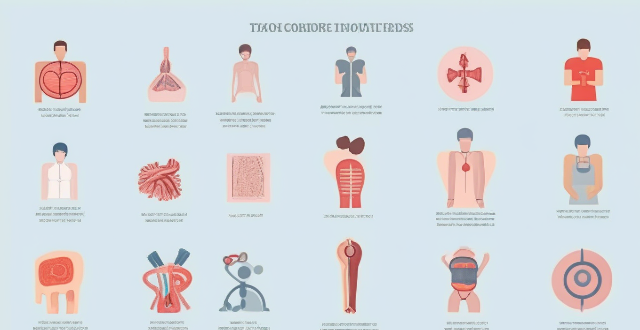Warming up before sports activities is crucial for enhancing performance and preventing injuries. A proper warm-up increases blood flow to the muscles, reduces injury risk, improves coordination and reaction time, and provides mental preparation. There are different types of warm-ups, including general warm-up, specific warm-up, and dynamic stretching. Incorporating these warm-up activities can optimize an athlete's performance and minimize the risk of injuries during competition.

How Does a Warm-up Affect Performance in Sports?
Introduction
Warming up before engaging in any physical activity, especially sports, is crucial for enhancing performance and preventing injuries. This article will explore the various ways a warm-up can impact an athlete's performance in sports.
Benefits of Warm-up
Increased Blood Flow
A proper warm-up increases blood flow to the muscles, which helps deliver oxygen and nutrients more efficiently. This improved circulation can lead to better muscle function and endurance during exercise.
Reduced Injury Risk
Warming up prepares the body for the stresses of physical activity by gradually increasing heart rate and body temperature. It also helps to loosen up joints and increase flexibility, reducing the risk of strains, sprains, and other injuries.
Improved Coordination and Reaction Time
A warm-up can enhance neuromuscular coordination, making movements more fluid and precise. Additionally, it can improve reaction time, allowing athletes to respond faster to changes in their environment or game situation.
Mental Preparation
Warming up can also serve as a mental preparation tool, helping athletes focus on the task ahead and build confidence in their abilities. It provides an opportunity to visualize success and establish a positive mindset for competition.
Types of Warm-ups
General Warm-up
A general warm-up consists of light aerobic activities like jogging or cycling that raise the overall body temperature and increase heart rate. This type of warm-up is beneficial for all types of sports.
Specific Warm-up
A specific warm-up involves performing exercises that mimic the movements and skills required in the sport. For example, a basketball player might practice dribbling and shooting before a game. This type of warm-up helps prepare the specific muscles and motor patterns needed for optimal performance.
Dynamic Stretching
Dynamic stretching involves active movements that stretch the muscles while they are in motion. Examples include leg swings or arm circles. This type of warm-up improves flexibility and range of motion without reducing muscle power, unlike static stretching.
Conclusion
In conclusion, a well-designed warm-up routine can significantly impact an athlete's performance in sports by increasing blood flow, reducing injury risk, improving coordination and reaction time, and providing mental preparation. By incorporating both general and specific warm-up activities along with dynamic stretching, athletes can optimize their performance and minimize the risk of injuries during competition.